If you want to explore vegetables that start with D, you will find interesting information in this article. With a comprehensive list of “D” vegetables, I will guide you through a culinary journey featuring many cuisines around the world.
To understand these wonderful D-named foods, I will explain the details of each, including its flavor, texture, culinary use, or even origin.
They belong to different types of vegetables, such as root, leaf, legume, and flower vegetables. For a full view of natural foods, I’ll also show you some fruit names that begin with this letter as well.
Following is the list of 16 top veggies beginning with a D letter.
16 Vegetables That Start With D with Filters
Get ready to explore 16 types of D-veggies, unveiling a realm where culinary exploration meets garden variety.
This guide categorizes them as exotic gems or versatile stars in your next dishes or drinks, or for an extra dash of flair on your plate.
Daikon
- Exotic
- For Dishes
Daikon, known as Japanese radish, is a root vegetable from East Asia, now popular worldwide.
It’s available in various types differing in shape, color, and taste. Overall, they are elongated and white, known for their crisp texture and mild to peppery flavor.
Daikon is commonly used in many Asian dishes, from pickles to stir-fries.
Dill
- For Dishes
- For Garnish
Dill is an aromatic and flavorful leaf vegetable from Eurasia, but it has spread to various parts of the world and is now cultivated in many countries. Dill looks distinctive, with delicate, feathery green leaves growing on slender, hollow stems.
Dill leaves have a brittle texture alongside a fresh, grassy, tangy flavor with notes of anise and lemon. Meanwhile, dill seeds offer a more concentrated and slightly bitter taste and a slightly crunchy texture.
Dill leaves are typically used to flavor fish, pickles, and various dairy-based dishes like sauces and soups.
They also complement the flavors of grilled meats, rice dishes, curries, and salads.
Dandelion Greens
- Exotic
- For Dishes
Dandelion greens, known globally with names like blowball and wild endive, are leafy greens native to Eurasia and North America.
They are recognized for their toothed leaves and rosette pattern. These greens offer a unique taste mix of bitterness, earthiness, and a hint of nuttiness, with a texture that varies with age.
Culinary uses of dandelion greens are diverse. They’re a salad component in Mediterranean cuisine, pickles in Italy, sautéed in Middle Eastern dishes, and feature in various Asian culinary traditions, including Korean and Ayurvedic cooking.
Dasheen
- Exotic
- For Dishes
Dasheen (or kalo and eddo) is a starchy and large root vegetable that originated in Southeast Asia. The root is spherical with brownish skin and hair, while the flesh is white, beige, or pinkish purple, depending on the variety.
The flesh is dense and high in starch, with a slightly sweet, nutty flavor. Dasheen is also notable for its large, heart-shaped leaves, which are also edible and often used in cooking, similar to spinach or collard greens.
Dasheen commonly appears in Asian, African, and Caribbean cuisines, where it’s used in a variety of dishes, from savory stews to sweet desserts. But remember, they must be cooked before consumption to neutralize their naturally occurring toxins.
Dinosaur Kale
- For Dishes
Dinosaur kale, aka lacinato or Tuscan kale, are dark blue-green leaves with a bumpy texture resembling dinosaur skin.
It’s a nutritional veggie, with a slightly sweet, earthy flavor that becomes more pronounced after a frost.
You can add dinosaur kale to your salads, soups, and chips.
Datil Pepper
- Exotic
- For Dishes
Datil pepper (aka yellow lantern chili) is a chili pepper belonging to the Solanaceae family. They are small and elongated with wrinkled, green to bright yellow-orange skin. Their exterior is thin and slightly waxy.
Inside the skin is a juicy flesh filled with tiny seeds, while the flavor is fruity and sweet with a delayed and intense heat that sets in after consumption.
On the Scoville scale, Datil peppers record 100,000-300,000 SHU, 12 times the heat of jalapeno.
Due to its vibrant flavor and spiciness, datil pepper is widely used in Caribbean and Floribbean cuisines. They are ideal food to add to salsas, hot sauces, marinades, and various meat and seafood dishes.
Delicata Squash
- For Dishes
- Fruit Vegetables
Delicata squash is also called sweet potato squash, Bohemian squash, and peanut squash. This is a popular winter squash that originated in North and Central America.
Delicata squash has elongated, oblong shapes and creamy, pale yellow skin with green stripes or speckles. Their skins are thin and edible.
The flesh is smooth, creamy, and orange-yellow in color, with a mildly sweet and nutty flavor, featuring hints of corn and sweet potatoes. Delicata squash softens and tenderizes when cooked.
Commonly roasted or baked, they’ll bring out its natural sweetness and caramelized notes.
Drumstick Plant
- Exotic
- For Dishes
The drumstick plant is a highly valued plant with edible leaves, pods, and even seeds.
The drumstick plant produces long, slender pods that resemble drumsticks, hence the name. Drumstick leaves come in a round or tear-like shape with a green hue.
They are delicate and have a mild, slightly peppery flavor with a bitter note. The young, tender drumsticks have a texture akin to asparagus and a grassy taste with a sweet-bitter undertone, while the mature ones become more fibrous.
They can be used fresh in salads or cooked like spinach. The drumstick pods are good choices for soups, curries, and stews, especially in South Asian cuisine.
Drumstick is native to tropical regions of Asia but has been spread to Africa and America.
Dulse
- Exotic
- For Dishes
Dulse (aka sea lettuce or dilsk) is a nutritious red seaweed thriving in the shallow, rocky waters of the Northern Atlantic and Pacific.
This seaweed, known for its flat, reddish-purple fronds, offers a chewy texture when fresh and a crispy consistency when dried, accompanied by a unique salty, oceanic flavor with a fishy undertone.
Dulse is versatile in recipes, used in traditional Irish and Scottish soups and stews, Japanese miso soup, and as a “vegan bacon” alternative in North American cuisine, among other dishes like salads and baked goods.
Dragon Tongue Bean
- Exotic
- For Dishes
Dragon tongue bean (or Dutch flat bean or dragon’s langerie bean) is a vibrant legume recognized for its cream-colored pods adorned with purple streaks or spots, resembling the pattern of a dragon’s tongue.
The pods are typically long and flat, similar to green beans but wider. Its texture is crisp and tender.
Dragon tongue beans possess a mild and slightly sweet flavor, but the sweetness is stronger than other green beans.
They can be eaten raw or lightly cooked in salads, or fully cooked in stews and stir-fries. These beans are a popular choice for adding visual appeal and a nutritional boost to many dishes.
Dabberlocks
- Exotic
- For Dishes
Dabberlock, known as badderlock or winged kelp, is an edible seaweed with a deep brown-green hue.
It’s distinguished by its broad fronds with a central midrib and unique lateral ‘wings.’ Dabberlock offers a mildly salty taste with a hint of sweetness and a shellfish-like undertone, paired with a tender, slightly chewy texture.
Dabberlocks are incorporated into stews and soups, adding depth and nutrition. In coastal regions, it’s used in salads, commonly accompanied by fresh seafood. It’s also an ideal component for seaweed-infused risottos, pasta, and as a wrap for sushi rolls.
Daylily
- Exotic
- For Dishes
Daylilies feature vibrant, trumpet-shaped flowers that are popular in Asian cooking practices.
Both flowers and tender young shoots are edible, which you can enjoy fresh or dried.
Their mildly sweet flavor and crunchy texture make them a delightful addition to salads, stir-fries, and soups.
Diamond Eggplant
- For Dishes
- Fruit Vegetables
Diamond eggplant is known for its slender, elongated shape and vibrant purple skin.
It has a tender, creamy texture and a mild, slightly sweet flavor, ideal for grilling, roasting, or sautéing.
It contains fewer seeds than other varieties, contributing to its less bitter taste.
Dickinson Pumpkin
- For Dishes
- Fruit Vegetables
Dickinson Pumpkin, often used in canned pumpkin puree, is prized for its smooth texture and sweet, rich flavor.
Its dense flesh makes it excellent for pies, soups, and baking.
The pumpkin’s large size and high flesh-to-seed ratio also make it cost-effective.
Dwarf Yellow Turnip
- Exotic
- For Dishes
Dwarf yellow turnip, or baby turnip, offers a sweet, mild flavor with a crisp, crunchy texture.
Its small size and tender flesh make it ideal for quick cooking methods like sautéing or roasting.
You can eat dwarf yellow turnip raw, use them in salads for a peppery bite, or serve them as a colorful side dish.
Dubna Garlic
- For Dishes
Dubna garlic is a type of garlic with large cloves and robust flavor, ranging from mildly spicy to warmly pungent.
It’s used to infuse depth and aroma into dishes. Its large cloves make it convenient to peel and use in cooking, and suitable for sauces, roasts, and marinades.
Now, the stage is yours! I’m intrigued to hear about your experiences with these foods. Have you experimented with them in your cooking?
What Are Common Fruits Beginning with D?
Here are some common fruits with “D”:
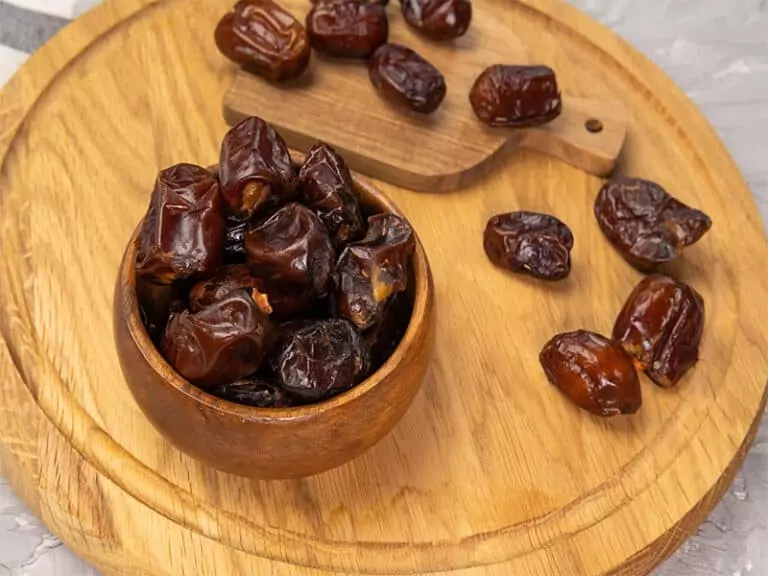
Date
Dates are sweet, chewy fruits from the date palm tree.
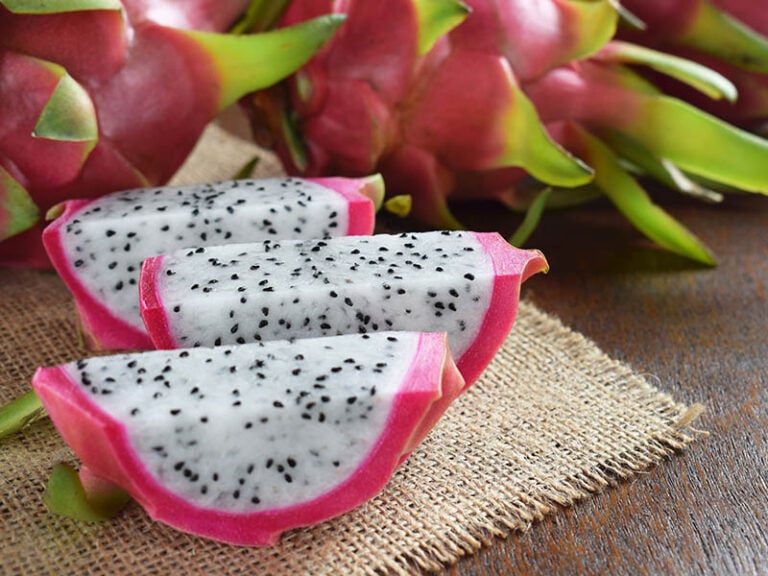
Dragon Fruit
It’s an exotic fruit with a unique look. It has a sweet, mildly acidic flesh dotted with black seeds.
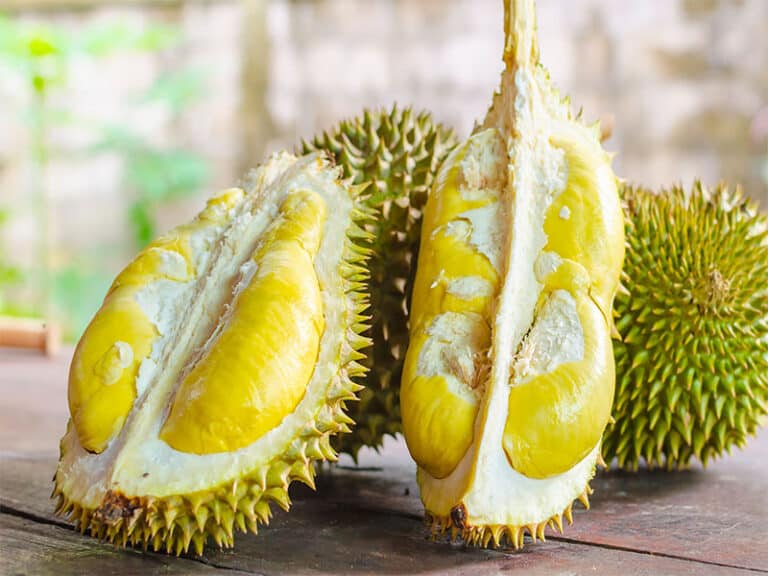
Durian
Durian is known as the “king of fruits” with a distinctive smell and creamy texture.
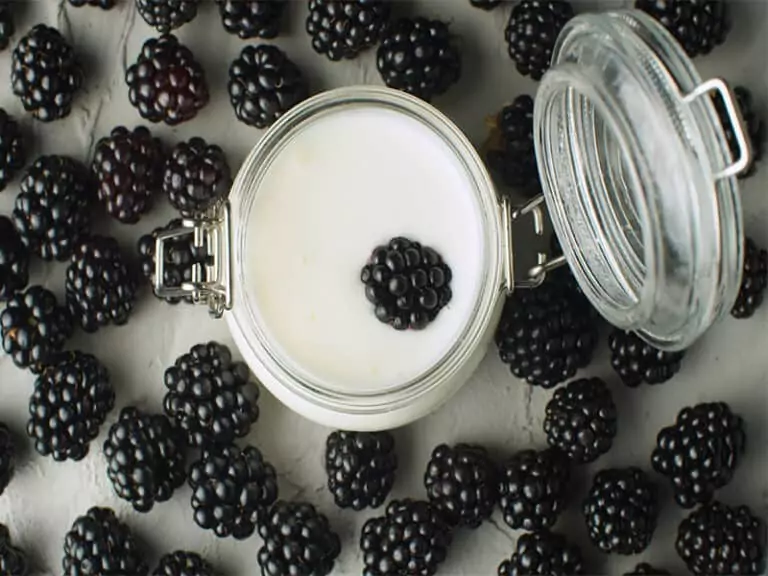
Dewberry
Similar to blackberries, dewberries are wild, dark berries with a sweet and tangy flavor.
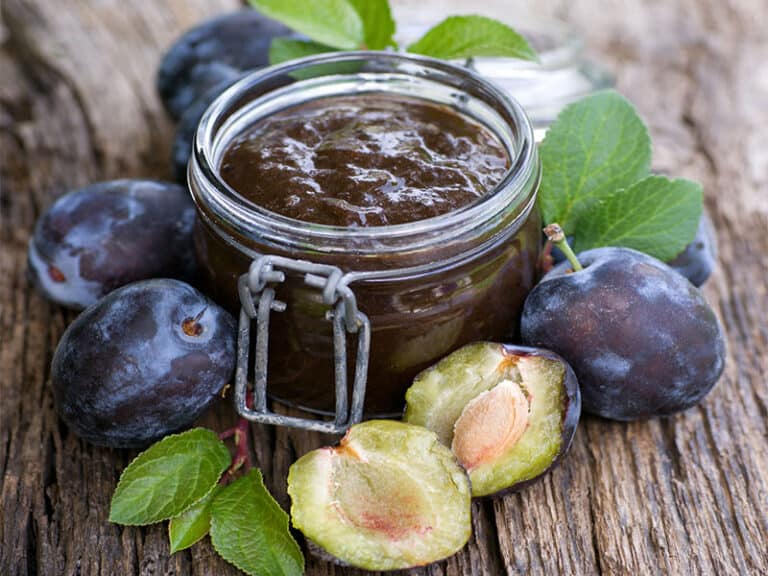
Damson
Damson is a type of plum, small and oval with a tart flavor, often used in jams and desserts.
While highlighting popular options, the list invites you to uncover many other D-initial fruits with many insights.
Don’t hesitate to leave your thoughts in the comments section below. If you’ve found this journey interesting or if it has added to your culinary repertoire, I encourage you to share this article with others.
Keep the discovery alive by checking out our engaging articles on vegetables from A to Z—there’s a world of flavors just waiting to be explored!

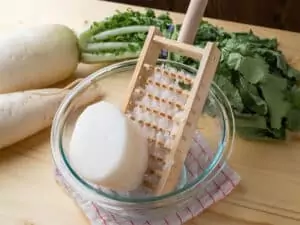
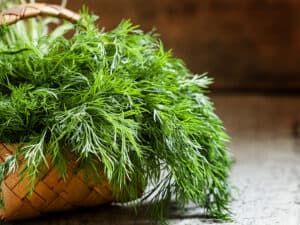
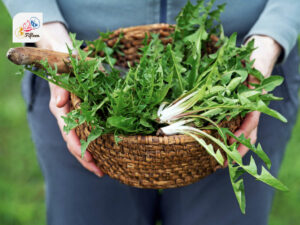
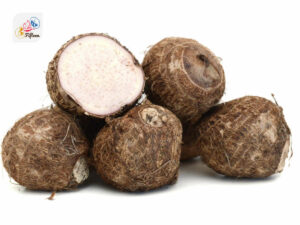
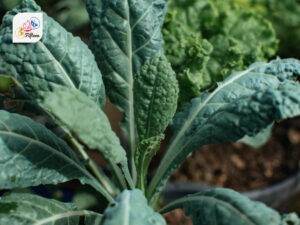
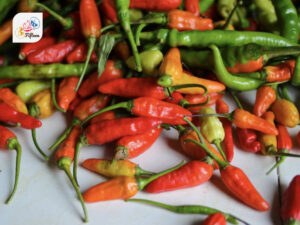
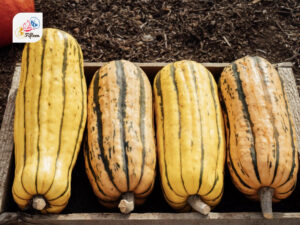
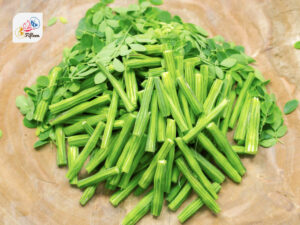
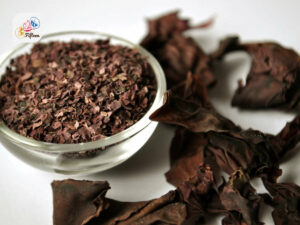
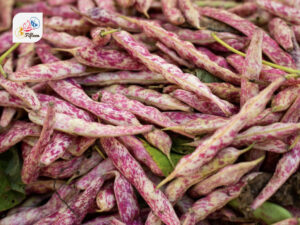
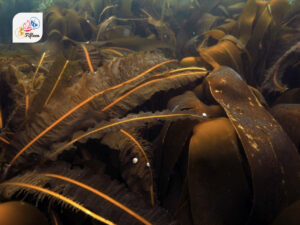
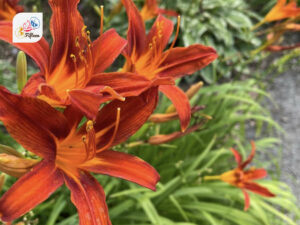
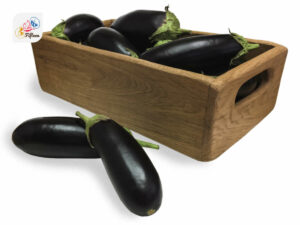
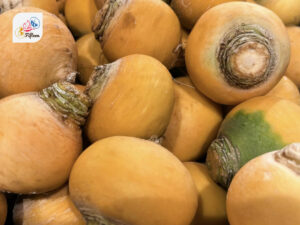
Jamie Scott
Editor in Chief, Senior Content Writer
Expertise
Home Cooking, Meal Planning, Recipe Development, Baking and Pastry, Food Editor, Cooking-video Maker, Western Food Evaluation Expert
Education
Le Cordon Bleu College of Culinary Arts
Local Community College, New York, NY
Jamie Scott is a skilled culinary expert and content creator specializing in Western cuisine. With over 15 years in the culinary field and formal training from Le Cordon Bleu, Paris, Jamie deeply understands how to blend nutrition with delicious flavors. His passion for cooking matches his commitment to making healthy eating accessible and enjoyable.
On Fifteen.net, Jamie brings a fresh perspective to classic dishes and beverages, offering readers insightful recipes, cooking tips, and a fresh view on meal planning that emphasizes taste, health, and simplicity.